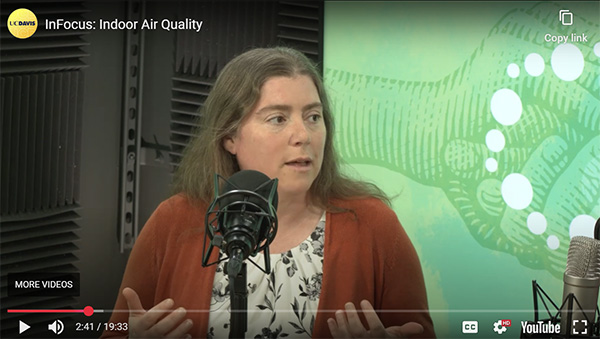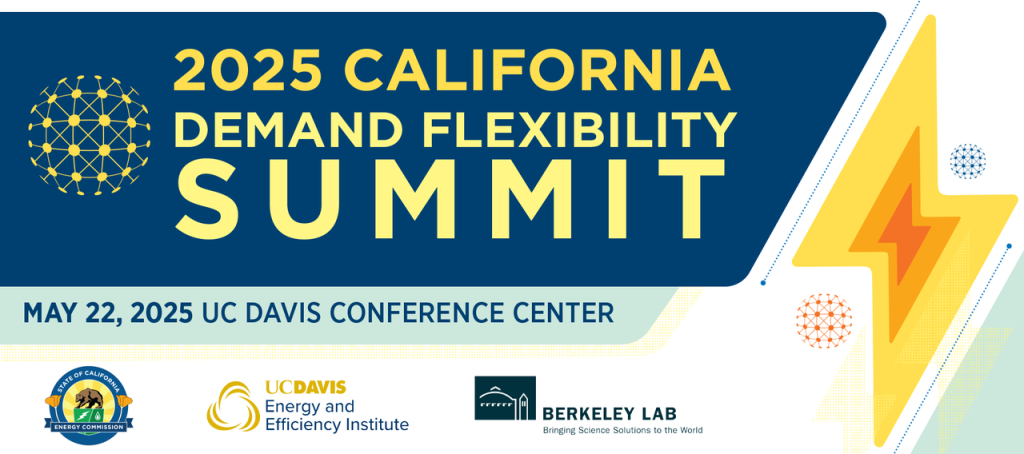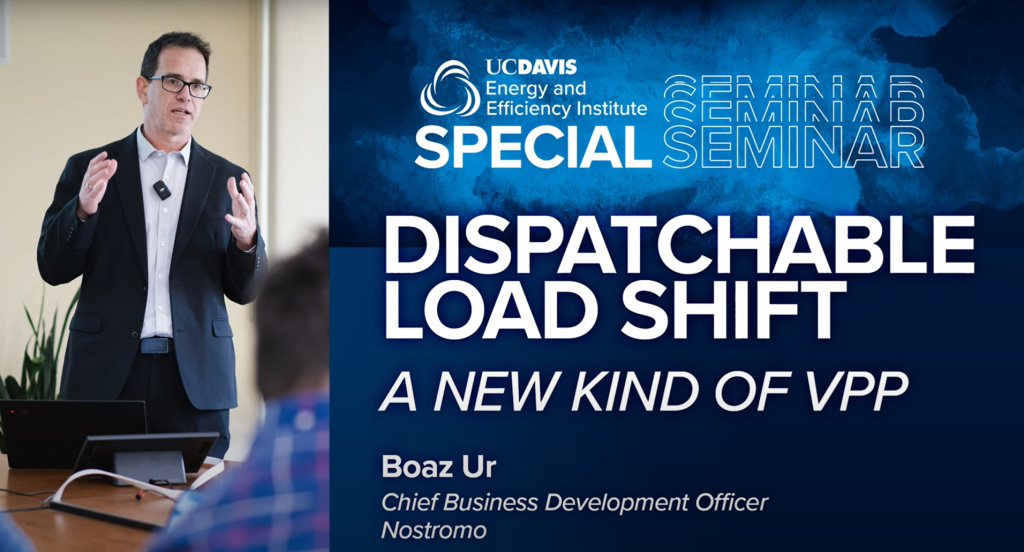The Air We Breathe: UC Davis Experts Uncover Indoor Air Challenges
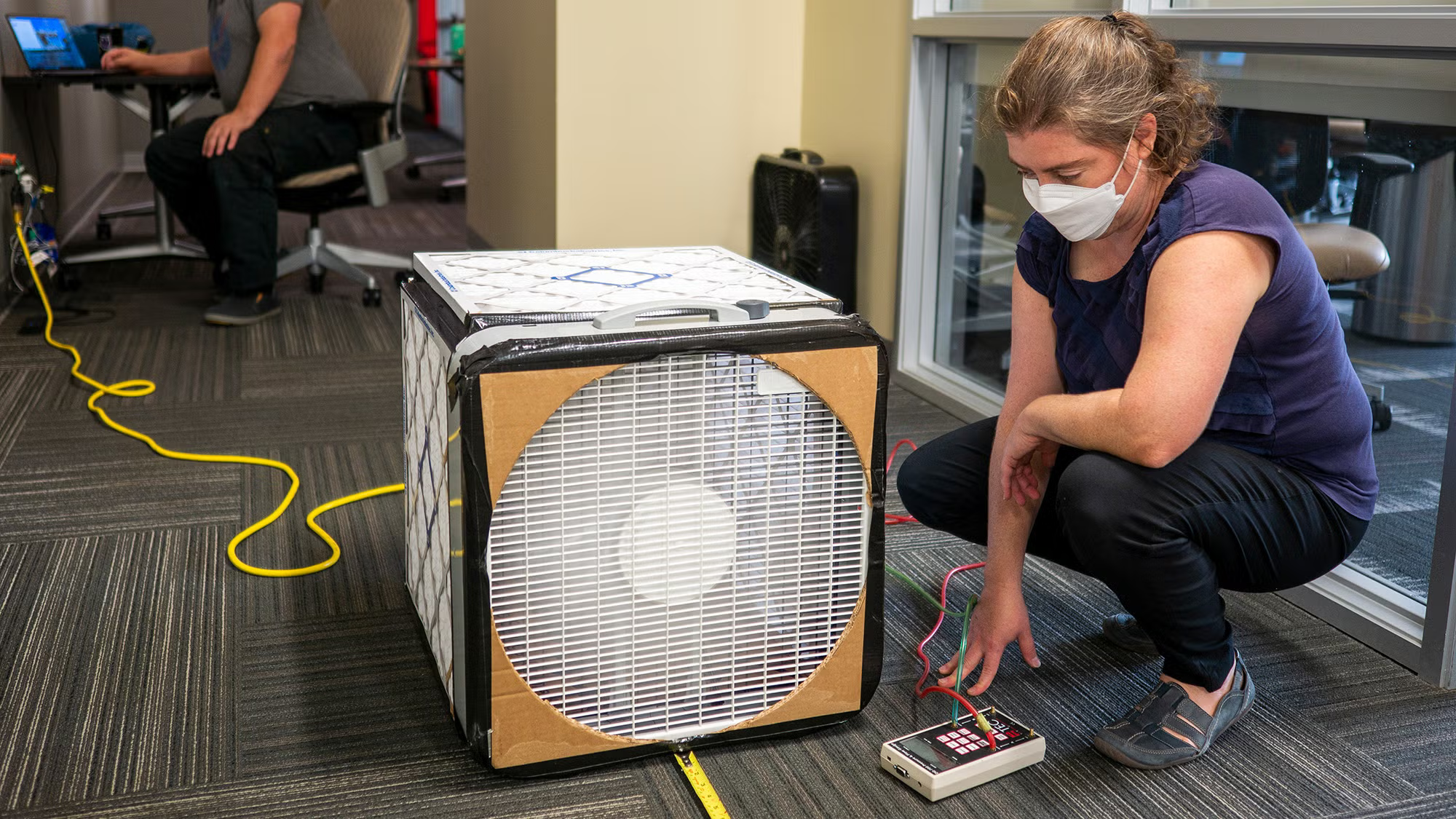
Indoor air quality has a direct impact on health, influencing everything from respiratory health to disease transmission. WCEC Co-Director of Engineering Theresa Pistochini is leading efforts to develop smarter HVAC systems that improve air quality in schools. Poor ventilation has been linked to increased absenteeism, and Pistochini’s team is designing automated systems that regulate air exchange and filtration in response to pollution levels — helping to create cleaner indoor environments for students and educators.
This work is part of a broader effort throughout the UC Davis engineering and public health research communities to understand and address indoor air hazards. Experts are investigating how pollutants infiltrate buildings, how airborne pathogens spread, and how ventilation can reduce health risks. These findings are shaping new strategies to create healthier indoor spaces, particularly in schools and workplaces.
Registration Now Open for the 2025 California Demand Flexibility Summit at UC Davis
Join us on May 22, 2025, at the UC Davis Conference Center for the California Demand Flexibility Summit, hosted by the California Energy Commission in partnership with EEI and Lawrence Berkeley National Laboratory. This one-day event will bring together industry leaders, policymakers, and researchers to discuss California’s progress toward its 7,000 MW load shift goal by 2030.
Topics will include the latest advancements in interoperability standards, dynamic pricing, market integration, and advanced grid analytics, along with discussions on challenges, opportunities, and strategies to accelerate deployment across the state. Don’t miss this opportunity to engage with experts and help shape the future of demand flexibility in California and beyond.
UC Davis Researchers Win Award for Most Downloaded Paper
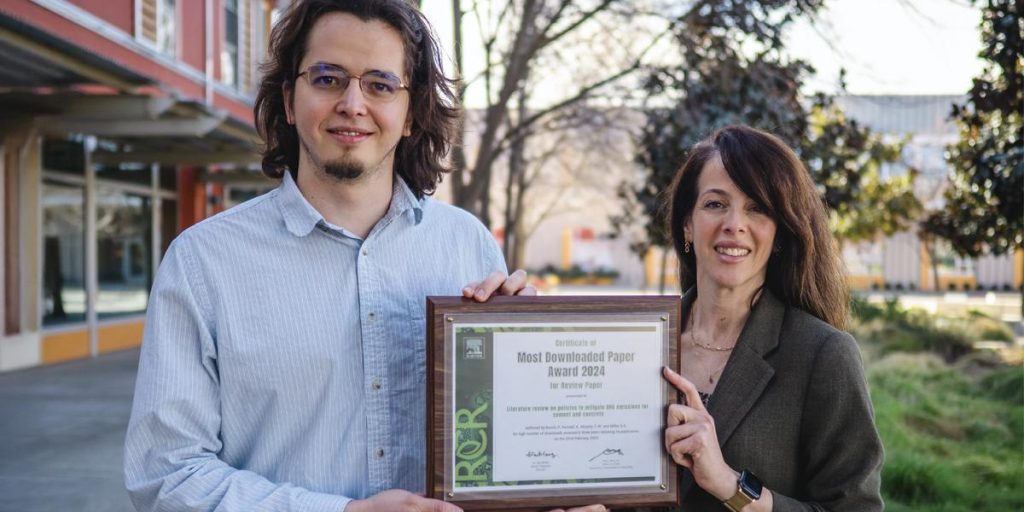
A UC Davis research paper has received the 2024 Most Downloaded Paper Award from Resources, Conservation & Recycling (RCR). The award recognizes papers published in 2022 that received the highest number of downloads over the following three years (2022–2024).
The paper, Literature review on policies to mitigate GHG emissions for cement and concrete, was authored by Energy Graduate Group PhD student Pablo Busch, ITS Associate Director Alissa Kendall, MDSC Director Sabbie Miller, and Colin Murphy, Deputy Director of the Policy Institute for Energy, Environment, and the Economy, who analyzed policy measures to reduce greenhouse gas emissions in the cement and concrete industries. Cement production alone accounts for about 7% of global CO₂ emissions. Their study highlights the critical role of policy in reducing emissions from cement and concrete and meeting climate goals.
EEI Experts to Lead Free Industrial Energy Efficiency Training
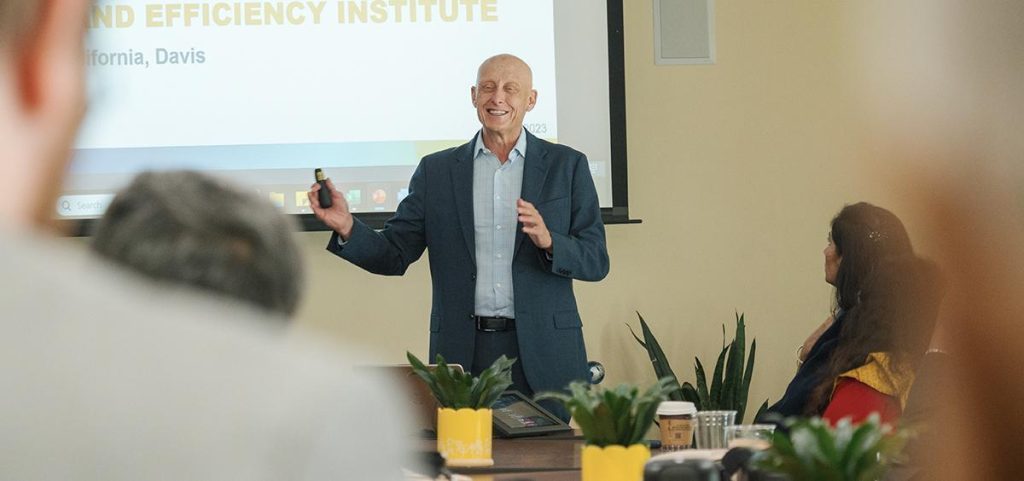
As industries look to lower costs and stay competitive, improving energy efficiency is more important than ever. EEI Faculty Director Kelly Kissock and his team will present a free, three-part webinar series focused on practical strategies to reduce energy waste and improve operational efficiency in industrial facilities.
This series will provide hands-on training in assessing and implementing cost-saving energy efficiency measures, including methods to analyze facility energy use, identify opportunities for heat recovery and heat pump integration, and evaluate the financial impacts of electrification. Sessions will also include demonstrations of online tools designed to help industrial facilities improve energy performance while maintaining reliability and productivity.
Kissock will be joined by Ovais Ahmed Khan and Muhammad Ali Qamar, PhD students in the Energy Graduate Group with expertise in industrial energy systems. The sessions will take place on March 13, March 20, and April 3 from 10:00 AM to 12:00 PM PT.
California’s EV Dream? Not for Drivers Struggling to Charge
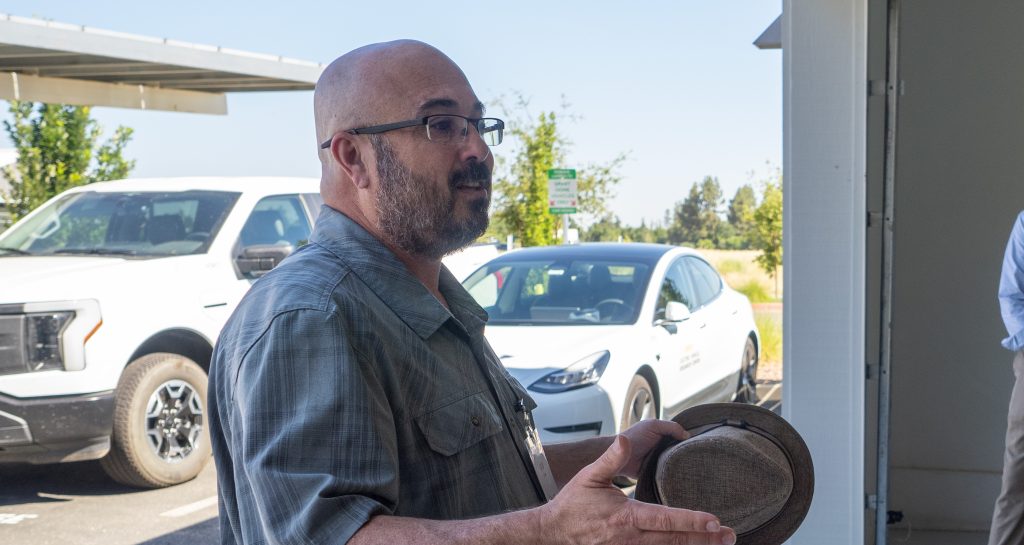
The latest episode of the UC Davis podcast Unfold dives into one of the biggest obstacles to EV adoption: unreliable public charging. While range anxiety is no longer a top concern, drivers now struggle to find chargers that actually work.
The episode features Alan Jenn, Chair of the Energy Graduate Group, and Gil Tal, Director of the Electric Vehicle Research Center, who share insights from their research on California’s fragmented charging network. Their team has tested thousands of chargers, uncovering widespread issues like broken stations, payment failures, and long wait times.
What do these challenges mean for EV adoption, and how can they be fixed? Tune in to hear what the research reveals and what solutions may be on the horizon.
CLTC Director Builds Research Bridges in Thailand
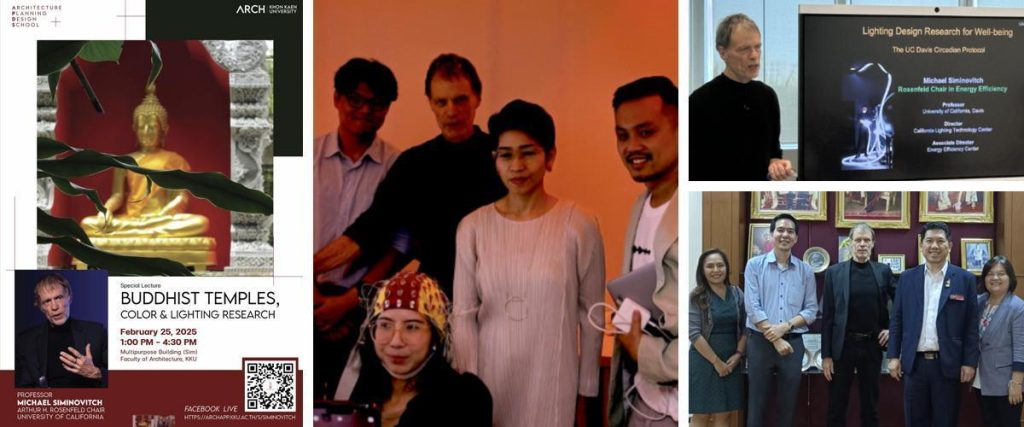
CLTC Faculty Director Michael Siminovitch recently visited Thailand to help strengthen international research impact in lighting and energy efficiency. Siminovitch met with leadership and faculty at Khon Kaen University (KKU) to showcase UC Davis graduate programs and explore research opportunities in lighting. He also delivered a seminar at KKU’s school of architecture on Buddhist Temples: Color and Lighting Research.
At King Mongkut’s University of Technology Thonburi (KMUTT), Siminovitch collaborated with faculty and students from the university’s lighting and neuroscience research centers to compare experimental protocols on stress-mitigation lighting. This collaboration builds on joint efforts between CLTC and its Thai counterparts, refining research methods and analyzing results related to amber spectra lighting for well-being.
Through these engagements, CLTC continues to expand its international research impact, fostering new opportunities in lighting and energy efficiency.
Solar Panels Are Throwing Shade and Transforming Landscapes
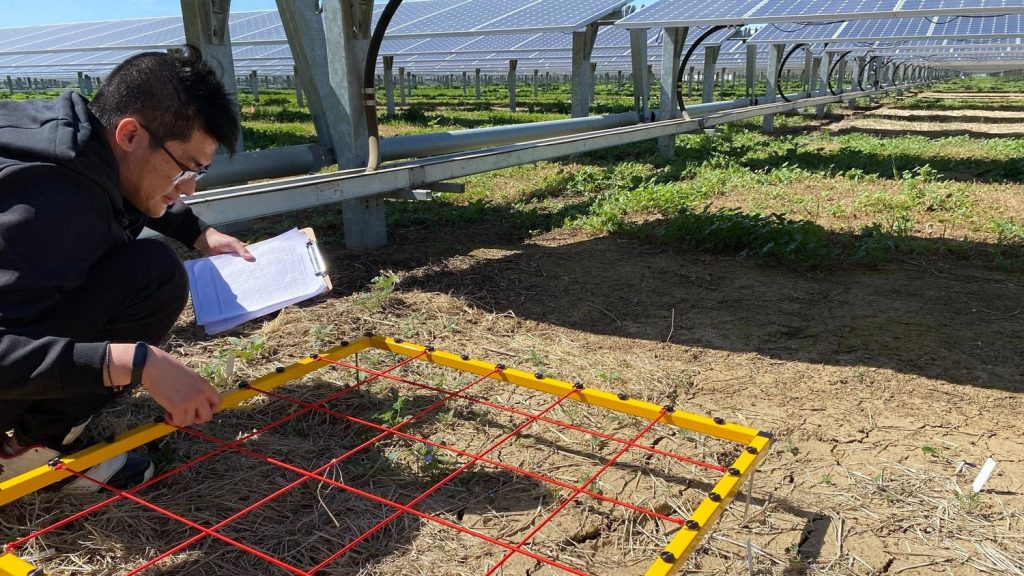
A new study from the Wild Energy Center examines how solar installations influence microclimates and plant growth on former agricultural land. Researchers spent a year collecting data at the UC Davis “Solar Farm,” a 16-megawatt ground-mounted solar power plant owned by university and located immediately south of campus.
The study found that rotating solar panels create distinct vegetation patches, with some areas cooler due to periodic shading. These shaded micro-patches could serve as important refuges for certain species as temperatures rise and weather patterns become more variable. The findings may also have implications for solar grazing operations, as animals like sheep could prefer cooler areas beneath panels.
Smarter Buildings, Lower Bills: The Power of Whole-Building Integration
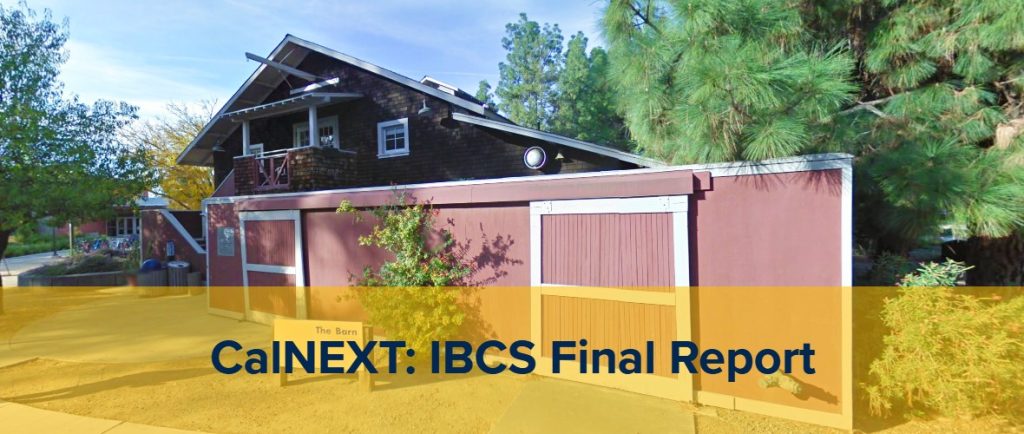
A new CLTC study demonstrates that integrating building systems under a centralized Building Automation System (BAS) can significantly reduce energy use. A team led by CLTC Director of Engineering Keith Graeber conducted field research at “The Barn,” a two-story, 2,068-square-foot building on the UC Davis campus. They found that whole-building integration — including HVAC, lighting, shading, and plug loads — lowered annual energy consumption by more than 35%.
Key contributors included occupancy-based HVAC control, automated shading to optimize daylight and thermal loads, and precooling strategies leveraging outdoor air. These findings highlight the potential for data-driven automation to enhance energy efficiency and reduce emissions in commercial buildings.
Missed a Seminar? Watch It Now
If you couldn’t join us for A New Kind of VPP with Boaz Ur from Nostromo Energy, you can now watch it online! This insightful session explored dispatchable load shift and the evolving role of Virtual Power Plants in grid flexibility and energy storage.
Catch up on this and other recent seminars anytime!

